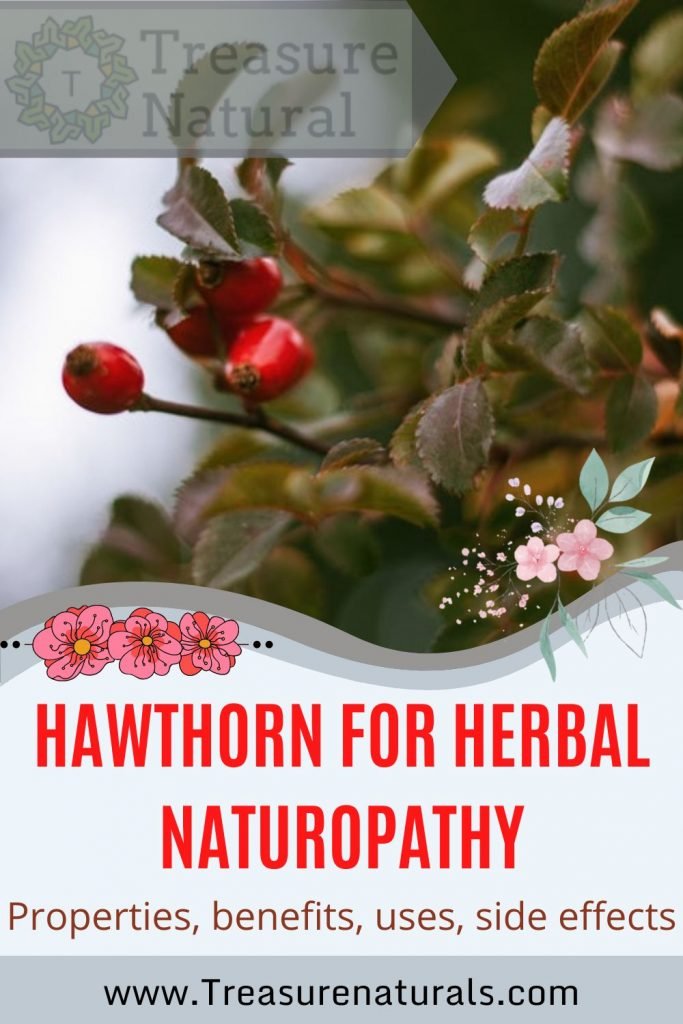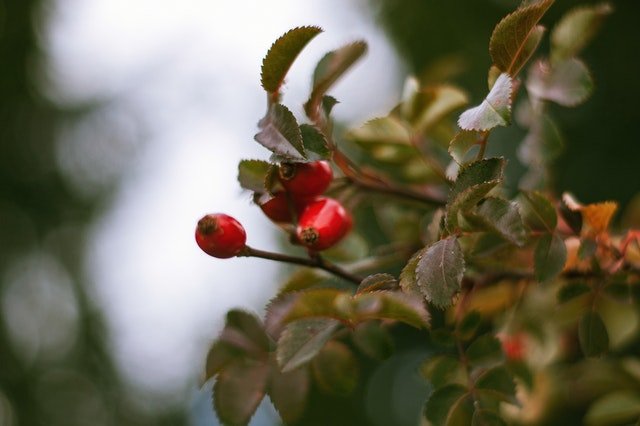
Hawthorn is a natural remedy useful in case of hypertension and for minor heart disorders. It is also used as a sedative and to promote sleep. Let’s find out how to use it and any contraindications.
Hawthorn is a plant used mainly for the care of the circulatory system because of its action on blood pressure and its sedative properties.
What is hawthorn
The biancospino (Crataegus monogyna, Crattaegus legivaga or oxyacantha) is a perennial plant of the Rosaceae family.
The leaves, flowers and berries of hawthorn are used in herbal medicine and phytotherapy for their properties and benefits on the cardiovascular system, but also for mood disorders and digestive problems.
What is hawthorn used for
Hawthorn is a natural remedy that is used especially in disorders of the cardiovascular system such as:
- Arrhythmias;
- arterial hypertension.
However, hawthorn is also useful:
- In case of digestive problems that cause abdominal pain;
- it can also help relieve menstrual pain;
- for insomnia;
- for mood disorders, especially anxious states.
Properties of hawthorn
Hawthorn has always been known as the plant of the heart, useful for supporting cardiovascular functions.
In herbal medicine and phytotherapy, hawthorn leaves, flowers and fruits are used for their properties:
- Hypotensive;
- cardiotonic;
- vasodolatadric;
- antispasmodic;
- sedative.
The properties of hawthorn are mainly given by the presence of flavonoids, triterpenic acids, phenolcarboxylic acids and essential oil.
Benefits of hawthorn
Hawthorn works by dilating blood vessels, especially coronary vessels, decreasing the resistance of the vessels. The result is a reduction in blood pressure and an improvement in heart failure. Its use is therefore indicated in cases of hypertension, mild or moderate, especially if of nervous origin.
The benefits of hawthorn for pressure and in general for the cardiovascular system, can be appreciated after a few weeks of use.
This plant has muscle relaxant and cardiotonic action and is able to slow down the contractions of the heart while increasing its strength. Hawthorn therefore helps to reduce arrhythmias and tachycardia.
Among the therapeutic properties of biancospono we also find the spasmolytic, sedative and anxiolytic. The sedative and relaxing action justifies the use of hawthorn for anxiety, helps to control the emotional component that can affect pressure.
The sedative properties of the plant also justify the use of hawthorn for insomnia and in case of menstrual pain and abdominal spasms.
The effects of hawthorn on mood, sleep disorders and pain are immediate.
How to use hawthorn
Hawthorn can be used in the form of an infusion, mother tincture, fluid extract or bud derivative.
- Hawthorn herbal tea is prepared with 1-1.5 grams of dried leaves and flowers or up to 1 gram of dried fruits.
After pouring the mixture of leaves and flowers or fruits into a cup of boiling water turn off the heat, cover and leave to infuse for 15 minutes. Finally, filter the infusion and consume it. You can take three cups a day.
- The mother tincture of hawthorn is administered at a dosage of 30 drops in a little water three times a day between meals and in the evening before bedtime.
- The bud derivative is taken instead at a dosage of 30-50 drops in water once or twice a day.
- The fluid extract is administered at a dosage of about one gram per day, which corresponds approximately to 50 drops of hawthorn.
Contraindications of hawthorn
The use of hawthorn should be avoided in people allergic to Rosaceae, it is not recommended in case of low blood pressure and, if you take drugs for hypertension, it is good to consult your doctor before resorting to this remedy.
Side effects
Hawthorn has few side effects. In some cases it can cause:
- Headache;
- dizziness;
- hot flashes;
- gastrointestinal disorders;
- nosebleeds (nosebleeds).
which resolve by interrupting the administration.
Description of the plant
The hawthorn plant is a shrub or small thorny tree. The bark is light gray in young specimens, brown in adult plants. The leaves are bright green and have 3-5 lobes more or less marked.
The hawthorn flowers, gathered in corymbs, appear in spring five white or pinkish petals, very fragrant.
The fruit of hawthorn is a small red drupe with floury and tasteless pulp.
Habitat of hawthorn
Hawthorn is a very common shrub in the temperate zones of the northern hemisphere. Wild hawthorn can easily be found in uncultivated land on the edge of the woods.
Background

The name oxyacantha comes from the Greek oxys which means “tip” and akantha which means “thorn”.. Considered auspicious by the Greeks, hawthorn was used to adorn altars during wedding ceremonies.
The Romans called it “alba spina” (white thorn) and dedicated it to the goddess Flora, who reigned over the month of May, the month of purification and chastity, symbolized precisely by the white of the flowers. For this reason the wedding was not celebrated during that month and if it was really necessary to do them, five hawthorn torches were lit in honor of the goddess, to appease her anger.
The Celts also dedicated the plant to the period from mid-May to mid-June. In the Middle Ages, always in that month, a Hawthorn tree was placed in the town square, decorated and danced around to give prosperity to the country and to drive away the evil eye and bad luck. Its white flowers were said to represent the Immaculate Conception; the red fruits, the drops of Christ’s blood; and the thorny branches, the crown of thorns.






